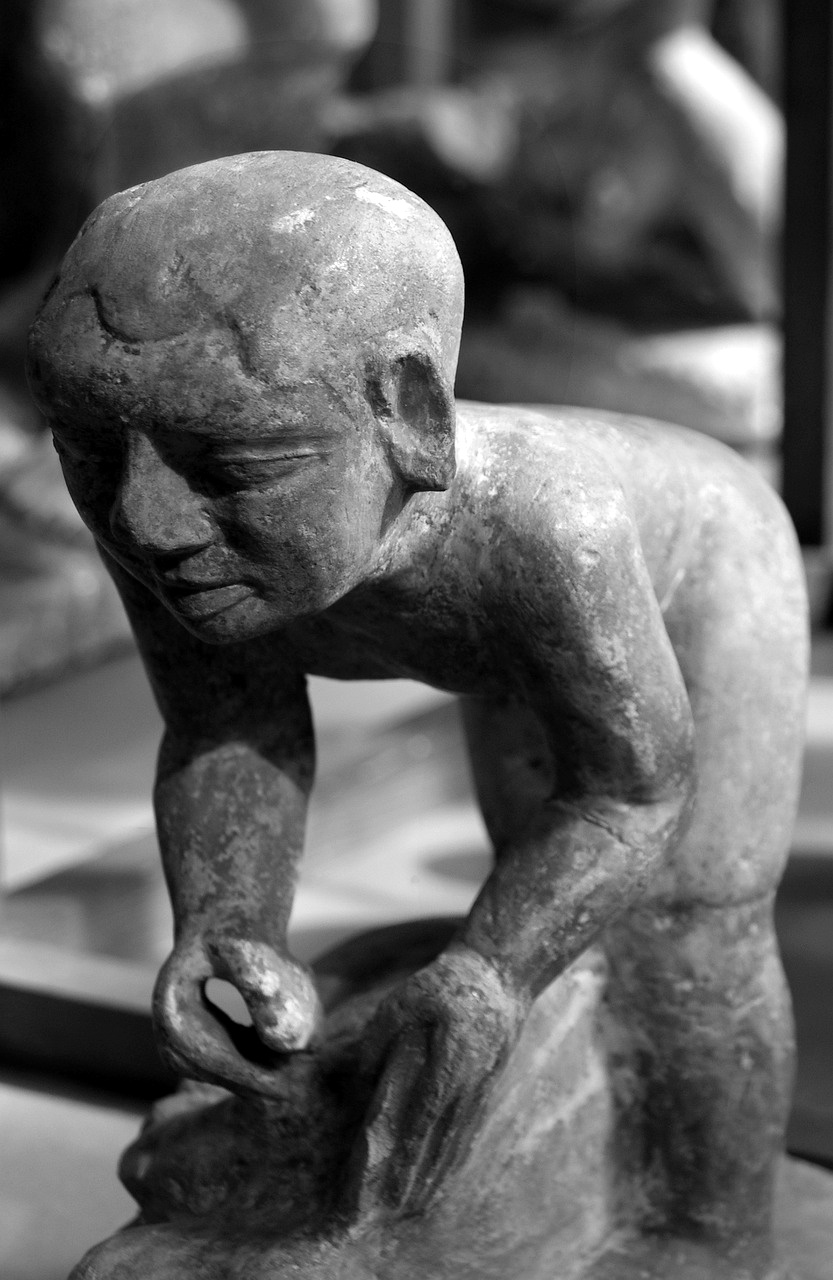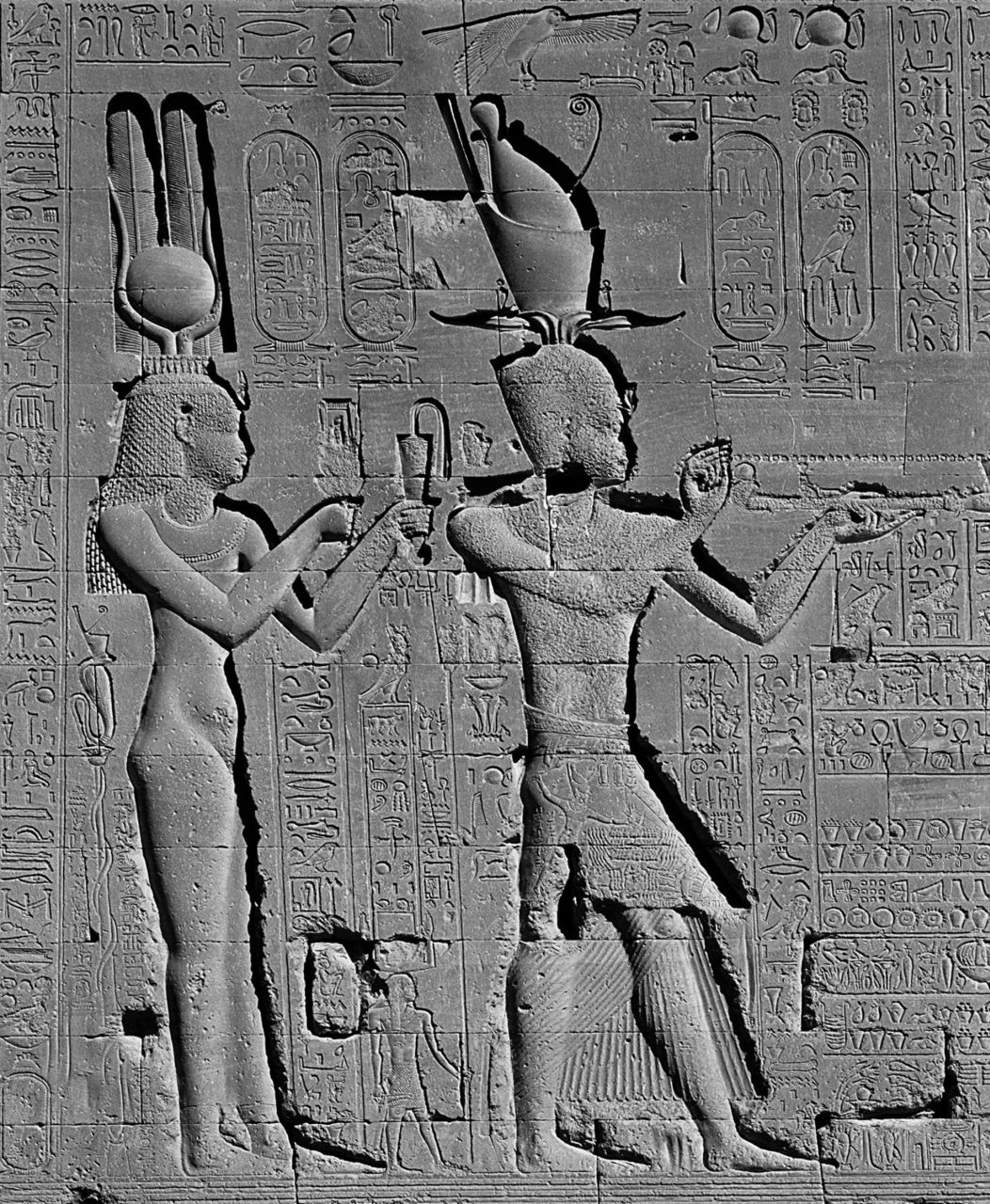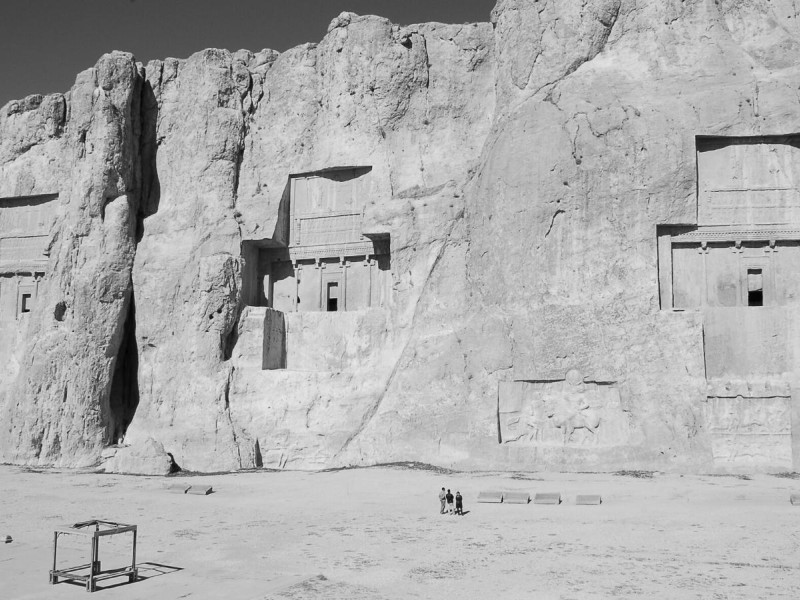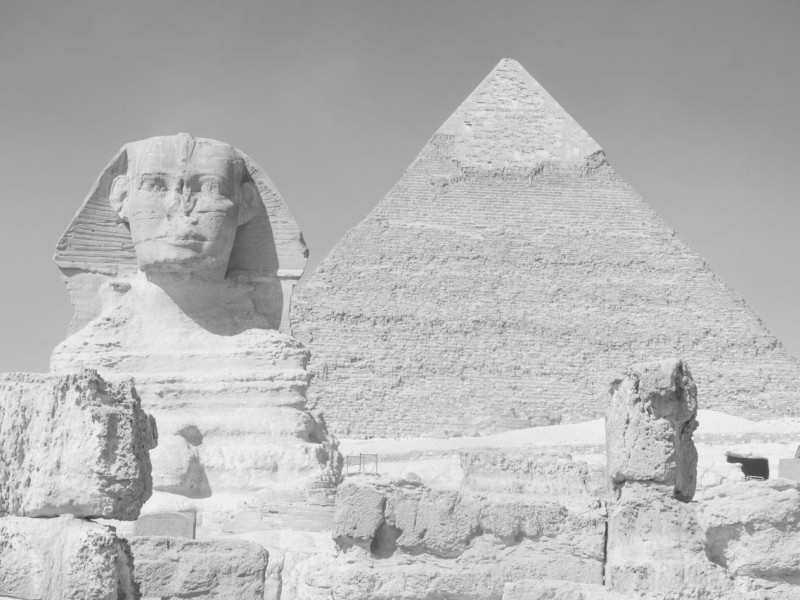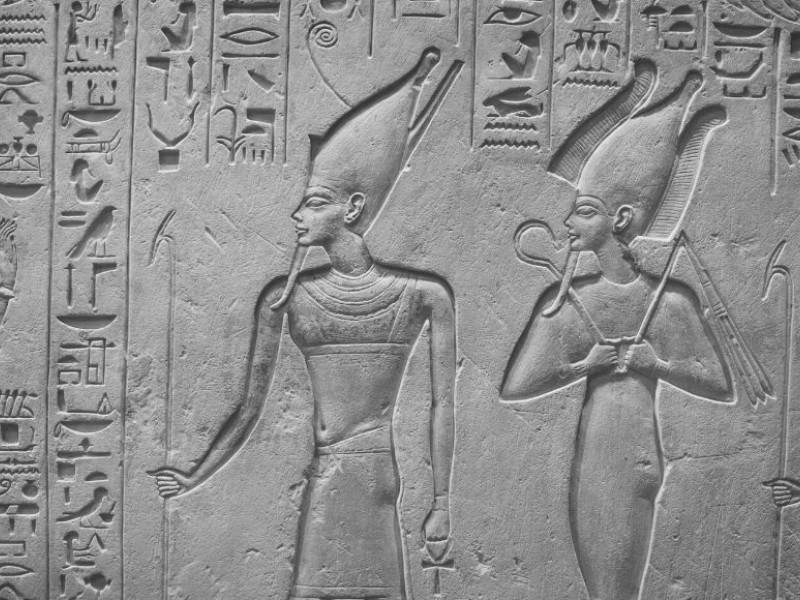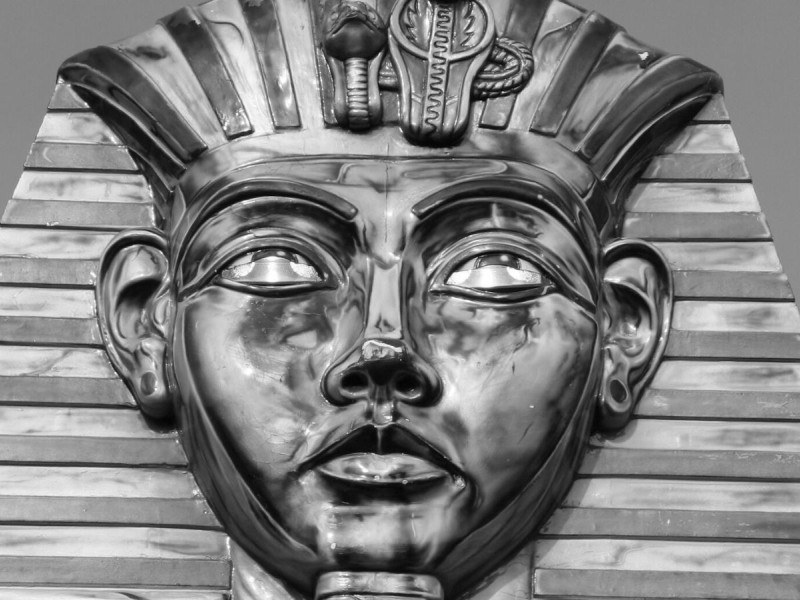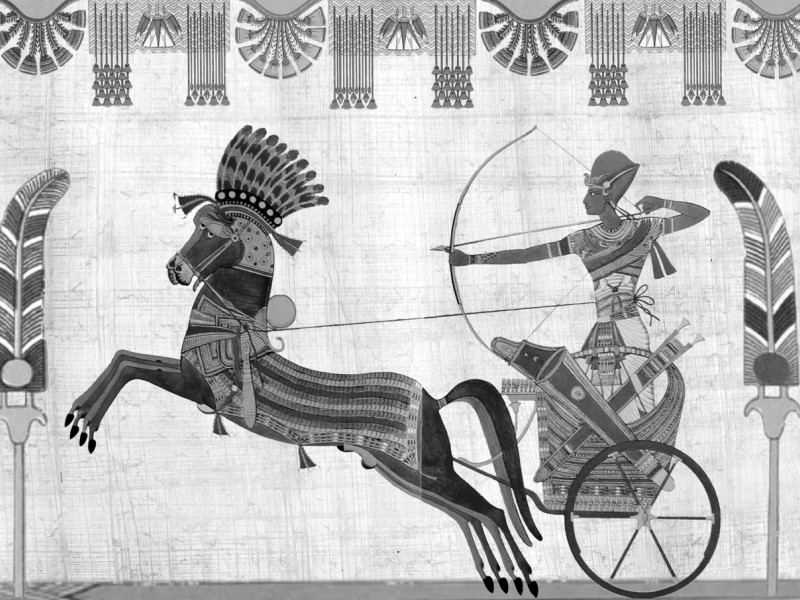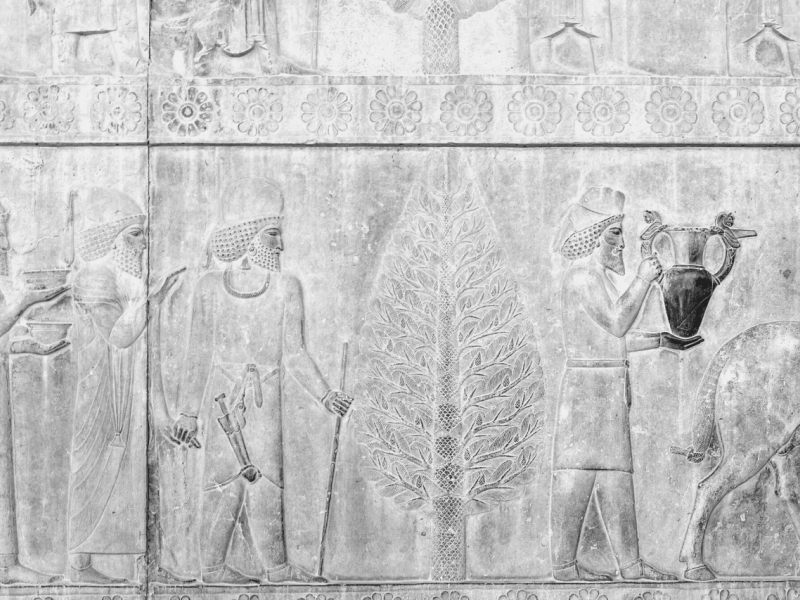How Did Egypt Fall: The Death of a Civilization
When we think about ancient Egypt, we often reflect on how old it is; from the beginning of its Dynastic Period to the Fall of Egypt, a harmonious society existed along the Nile relatively uninterrupted for 3,000 years.
It’s hard to comprehend Egypt’s antiquity, as there’s no modern equivalent to compare it to. To put it in perspective, the U.S. has only been around for about 250 years, and even the oldest countries are mere babies to ancient Egypt!
Like all good things, Egypt, too, came to an end, helped towards its death first by the Greeks and decisively by Rome in 30 B.C.
However, ancient Egypt had ‘fallen’ a few times over the previous millennia but had overcome its demise on those occasions. The difference is that, once Rome had its hands on Egypt, it was not letting go, and the latter would never recover.
This article will review the many declines of Egyptian civilization and the historical circumstances surrounding them. We’ll begin with the most infamous downfall of Egypt, the final one, and its equally well-known cast of characters.
Love, War, and Asps: How Did Egypt Fall?
Three years off from becoming an empire, ancient Rome, led by Octavian (later known as Augustus), conquered Egypt once and for all in 30 B.C. But to fully understand the question of “how did Egypt fall?” we need to go back in time about three centuries ago, back to when a young Macedonian general by the name of Alexander was stomping all over the known world.
By 332 B.C., when Alexander the Great and his forces took over, ancient Egypt hadn’t been in its prime for some 800 years, having undergone foreign domination, periods of social turmoil, and economic collapse in that period.
Nevertheless, the Egyptians were very much set in their ways. Alexander performed all necessary rituals and visited all the right temples to legitimize his claim to be pharaoh. He also founded a new city named after himself, Alexandria, which is still one of Egypt’s most important cities.
Alexander stayed in Egypt for a year before continuing his invasion of the Persian Empire in the Levant and Mesopotamia. Before leaving, he set up a system of regents to watch over the country in his absence.
Following Alexander’s death, one of his most trusted friends, Ptolemy I Soter, gained exclusive control over Egypt, becoming pharaoh in 305 B.C. Ptolemy founded the Alexandria-based Greek dynasty that ruled ancient Egypt until the Roman occupation.
However, these Greek pharaohs, also known as the Ptolemies, were not always willing to connect with their Egyptian subjects beyond necessity, fanning the flames of native resentment more vigorously with each succeeding nonchalant ruler.
Certain classes of Egyptians, like priests, were also becoming powerful, in particular those of the southern temples of the country.
On top of the Ptolemies proving to be ineffective rulers by ruining the economy, inability to protect native populations from civil conflict, famine, losing foreign territory, etc. Egyptologist Alan B. Lloyd suggests that these factors led to the decline of ancient Egypt well before the Romans were on the horizon.
The last of the Ptolemies was also the most famous: Cleopatra. Officially called Cleopatra VII Philopator, she was one of the few Ptolemies who seemed to care about the Egyptians. She learned to speak their language and engaged in Egyptian religious customs.
Of course, Cleopatra is remembered more by her amorous involvement with prominent Romans and her role in the Egyptian empire’s end. But why did she ally with them in the first place?
Well, there are a couple of important reasons. First, to a certain degree, she could see the writing on the wall. Rome was growing in power and swallowing up territory in Egypt’s direct orbit.
It was a simple matter of time before they’d try for Egypt, and, indeed, one of her conditions for joining up with Julius Caesar was to be reinstated as pharaoh following Caesar’s acquisition of Alexandria in 47 B.C.
This leads us to the second reason that Cleopatra might have allied herself with Rome: she wanted the throne back. A few years before Caesar took control of Egypt, Cleopatra’s brother, Ptolemy XIII, ousted her as pharaoh.
By this time (50-48 B.C.), Caesar and Pompey had been hashing it out, with the former’s forces driving the latter further and further away from Rome until they settled in Egypt, where it was supposedly safe.
As it turned out, it was not safe for Pompey, who was assassinated shortly after reaching Egypt. Caesar implored that Cleopatra, whose own forces had returned to Alexandria to regain power on the back of her alliance with Caesar, stop fighting with her brother, Ptolemy XIII.
Needless to say, the reigning pharaoh wasn’t so eager to listen, and his army pinned Cleopatra and Caesar into Alexandria, marking the beginning of the Siege of Alexandria.
The pair broke the siege in 47 B.C. and defeated Ptolemy XIII. Alexandria belonged to Egypt, and, by proxy, Cleopatra, who had a co-ruler, her brother Ptolemy XIV, who she later had killed. But the story with Caesar is only Part One of Cleopatra’s alliances with Rome, which would ultimately lead to the downfall of Egypt.
Cleopatra backed the right horse in Caesar, but her next Roman lover wouldn’t be as sure a bet. Caesar was assassinated in 44 B.C., decreeing his grandnephew, Octavian, his successor as leader of Rome. As so many succession stories in ancient history are, though, Octavian’s path to the throne turned out to be pretty complex, and Egypt is central to the tale.
His friend Mark Antony, another Roman politician, took control of the Eastern portion of Rome’s expanding territory while Octavian was in charge of the West. Initially, all was good; Antony was even married to Octavian’s sister, Octavia Minor. And then Antony and Cleopatra met.
Antony had set up his military headquarters in Tarsos, now in Turkey, to deal with the latest imperial power coming out of Persia, the Parthian Empire. In 41 B.C., Cleopatra traveled to Tarsos to dispel any rumors that she financially supported one of Caesar’s assassins.
Not only did she convince Antony of this, but the trip kickstarted an intense romantic relationship between the two. As you can imagine, this situation angered Octavian; remember that Antony was married to his sister.
The intensity of Antony and Cleopatra’s relationship matched their political ambitions, too, further distancing Antony from Rome and Octavian.
The final straws for Octavian occurred in two events: the Donations of Alexandria (34 B.C.), in which Antony and Cleopatra portioned out land in the Eastern half of Roman territory to Cleopatra’s children, illegal in Rome’s eyes; and Antony’s official divorce from Octavian’s sister, in 32 B.C.
In the autumn of 31 B.C., Octavian launched his fleet at Antony and Cleopatra’s, off the Western coast of Greece, starting what is now known as the Battle of Actium. Octavian’s forces were victorious, but Antony and Cleopatra fled the scene and returned, humiliated, to Egypt.
Eleven months after the Battle of Actium, Octavian conquered Egypt once and for all. Antony stabbed himself in the stomach, and Cleopatra, hiding out in her royal tomb, was captured by Octavian’s soldiers, along with her children.
The intention was to parade her around Rome, as was customary following the conquest of a foreign state. Unfortunately for Octavian, though, Cleopatra also committed suicide.
Legend has it that she had an asp (a venomous snake) bite her, but in reality, it was probably ingested poison of some kind. The snake does make for a better story; however, no doubt about it.
What Does It Mean to Fall?
Cleopatra is popularly credited with facilitating or outright causing the fall of Egyptian civilization, but how fair is this statement, anyway? Indeed, ancient Egypt would never have another native ruler again, but this had been the case for centuries; Nectanebo II was the last Egyptian pharaoh.
His reign ended in 343 B.C. It’s also true that Egypt would never again be as prosperous as it once was, at the height of the New Kingdom. But ever since that kingdom ended in 1069 B.C., Egypt had been on the decline for over 1,000 years by the time Cleopatra died!
So, what changed? By far, the most significant impact that Rome had on Egypt was treating the land along the Nile like an imperial breadbasket. They took the vast majority of Egypt’s crop yields, its primary source of money, to distribute across the empire, effectively ensuring Egypt’s death as an economic powerhouse in its own right.
Without diminishing the severity of Rome’s takeover of the Nile in every sense, life wouldn’t have changed all that much for common Egyptians.
Archaeologist David Peacock writes that, yes, “Egypt was a land apart…perhaps more bizarre than any other [Roman] province,” but that life was much the same as it had always been: temples were constructed in the traditional style; the Egyptian language was still spoken; religious rites like mummification continued to be performed.
When we speak of the fall of ancient Egypt, then, do we mean to say that Egypt lost its ability to govern itself and its power on the world stage? Maybe! Nobody ever likes when their land is invaded and conquered; indeed, it was dangerous for Romans to go to Egypt for fear of hostility.
But Egypt had fallen before and lost some of these same privileges. Let’s now take a brief look at these instances.
To properly contextualize the various falls of Egypt, it would be helpful to provide a general chronology of Egyptian history:
Predynastic Period, c. 5300-3000 B.C.
Early Dynastic Period, c. 3000-2686 B.C.
Old Kingdom, 2686-2160 B.C.
First Intermediate Period, 2160-2055 B.C.
Middle Kingdom, 2055-1650 B.C.
Second Intermediate Period, 1650-1550 B.C.
New Kingdom, 1550-1069 B.C.
Third Intermediate Period, 1069-664 B.C.
Late Period, 664-332 B.C.
Ptolemaic Period, 332-30 B.C.
Roman Period, 30 B.C.-395 A.D.
For the purposes of this piece, the more important points listed above include all three Intermediate Periods and the Late Period.
The First and Third Intermediate Periods are characterized above all by a lack of a centralized system of government, established by groups of Predynastic Egyptians led by the first Egyptian pharaoh, Narmer.
Social unrest, climate change, disease, powerful regional rulers, and economic collapse have all been listed as reasons for the causes of these intermediate periods.
Nevertheless, Egyptian civilization recovered in one way or another; the First Intermediate Period ended with founding the Middle Kingdom. The Late Period began with the restoration of order in Egypt by the Saite Dynasty.
The Second Intermediate Period saw the first foreign domination of Egypt by a foreign power, namely the Hyksos, who came from the Levant. Native Egyptians from the South were able to drive the Hyksos out of the Nile Delta in the North. The result was the same; native power was reinstated, and Egypt survived another fall.
The difference with the fall of the Egyptian Empire is that Egypt never “got up” again after Rome took control. Cleopatra might’ve had a major role in the decline of ancient Egyptian civilization, but she might just have been in the wrong historical place at the wrong time.
Nothing was going to stop Rome from conquering Egypt in the end, and it certainly didn’t help Cleopatra’s case that Roman authors wrote negative propaganda about her.
Conclusion
Ancient Egypt’s history is rich and fruitful, and the story of its downfall is no different. In this article, we carefully reviewed:
Cleopatra’s part in the fall of Egypt, including her involvement with Julius Caesar, Mark Antony, and the rise of Rome
The other times that Egypt fell in its lengthy past
Some questions to consider about what constitutes a civilization’s true ‘fall’
Imagine what it might be like if we were faced with the demise of our own civilization. How would we react to it? Would we try to pin it all on one person? Or would it really affect us all that much? These are questions and situations that many Egyptians might have experienced in 30 B.C.
Of course, we have the Internet and other forms of communication that they didn’t. We’d be able to keep track of things more reliably, at the very least. But, when the day comes that our civilization falls, look to the Egyptians for wisdom and pointers to get through it; just make sure to keep a healthy supply of asps with you!

